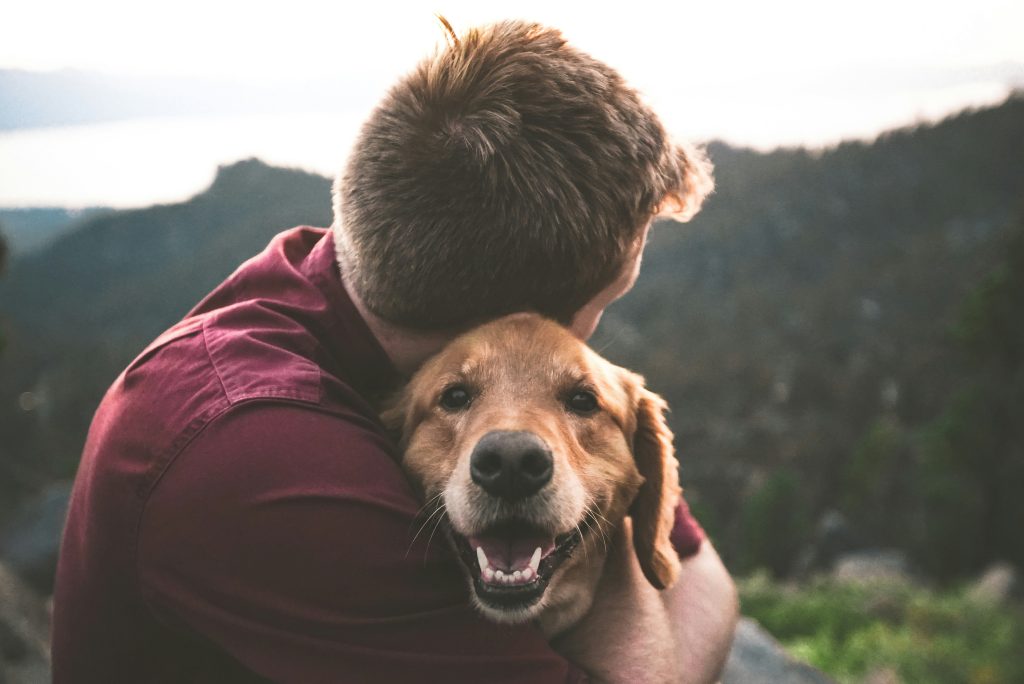The Most Overlooked Element of Dog Training
When it comes to dog training, most people focus on commands, tools, or techniques — things like teaching “sit,” using a certain leash, or working with a trainer. But there’s one factor that determines your success more than any other: consistency.
Consistency is what transforms a cue into a habit. It’s what turns confusion into clarity. And it’s often the difference between a dog who obeys occasionally and a dog who listens every time.
In this post, we’ll break down why consistency is so powerful, how it impacts your dog’s behavior, and how to apply it across all areas of your dog’s life.

Why Dogs Thrive on Repetition and Routine
Dogs are creatures of habit. They don’t understand language the way we do — they learn through patterns, associations, and repetition. If something is reinforced the same way every time, your dog learns exactly what to expect and how to behave.
But if commands, rules, or expectations are inconsistent, dogs become confused. Confusion leads to hesitation, stress, and disobedience — not because your dog is stubborn, but because the rules keep changing.
Training succeeds when your dog knows what you expect and when you expect it.
What Inconsistency Looks Like in Dog Training
-
Saying “off” one day and “down” the next for the same behavior
-
Allowing the dog on the couch sometimes but scolding them other times
-
Ignoring a behavior during the week but correcting it on the weekend
-
Practicing commands one day, then skipping three days
-
Letting guests feed treats while you’re trying to reinforce calm greetings
These mixed messages undermine training and confuse your dog. They don’t know which behaviors are truly desired or what outcome to expect.
Consistency Isn’t Just for the Dog — It’s for the Owner
Training isn’t just about what your dog learns — it’s about what you do. The way you give commands, the tone of voice, the timing of praise or correction, the daily routine — all of it matters.
The more consistent you are in how you communicate, the faster your dog will learn and the more reliable their behavior becomes. Think of it as setting up a clear structure that your dog can relax into.
When that structure changes every day, your dog feels unsure and becomes more likely to test boundaries, ignore commands, or act out of anxiety.
How to Build More Consistency into Your Training
1. Use Clear, Repetitive Language
Stick to one command per behavior. Don’t rotate between “come,” “here,” and “get over here” — pick one word and reinforce it the same way every time.
2. Set Household Rules and Enforce Them Uniformly
If jumping is not allowed, it should never be allowed — not with guests, not when you’re in a good mood, not just because it’s cute. Rules must be all-the-time rules.
3. Align All Family Members
Everyone in the household should follow the same training structure. If one person ignores bad behavior while another corrects it, the dog learns to “test the waters.”
Have a short list of agreed-upon commands, boundaries, and routines everyone sticks to.
4. Repeat Training Daily
Short, daily training sessions are far more effective than long, occasional ones. Even 5–10 minutes per day builds repetition and helps your dog retain commands.
Practice obedience in different environments to generalize the behavior — not just in your living room.
5. Correct and Reward With Timing and Precision
Dogs live in the moment. A correction or praise delayed by even a few seconds can send the wrong message. Be consistent not only in what you do, but when you do it.
Consistency Builds Confidence
When your dog knows exactly what to expect from you, they feel secure. They don’t have to guess whether a behavior will be punished or ignored — they learn the rules of the game, and that allows them to relax and follow your lead.
This clarity creates:
-
Stronger trust
-
Faster learning
-
Better behavior around distractions
-
A more balanced emotional state
-
A deeper bond between you and your dog
Training Without Consistency Is Just Management
If you only train your dog when problems arise, or only when you feel like it, you’re not truly training — you’re managing chaos.
Real training is proactive, structured, and consistent. It’s not about perfection, it’s about predictability. Your dog doesn’t need fancy cues — they need clarity, repetition, and timing.
Final Thoughts: Consistency Is the Shortcut
You don’t need to be an expert dog trainer to see results — you just need to be consistent. That alone can take a confused, unruly dog and turn them into a calm, responsive companion.
Training is less about getting your dog to “obey” and more about teaching them how to live successfully in your world. And that can only happen when the rules are clear and reliable every single day.
Searching for expert dog training in Chicago?
Look no further than Off Leash K9 Training in Chicago. We pride ourselves on creating well-behaved dogs that are a joy to be around, with reliable obedience on and off leash. Our personalized training plans tackle common challenges like leash pulling, jumping, and barking, ensuring real-world results. Let us help you unlock your dog’s full potential. Call (312) 821-9021 today!

